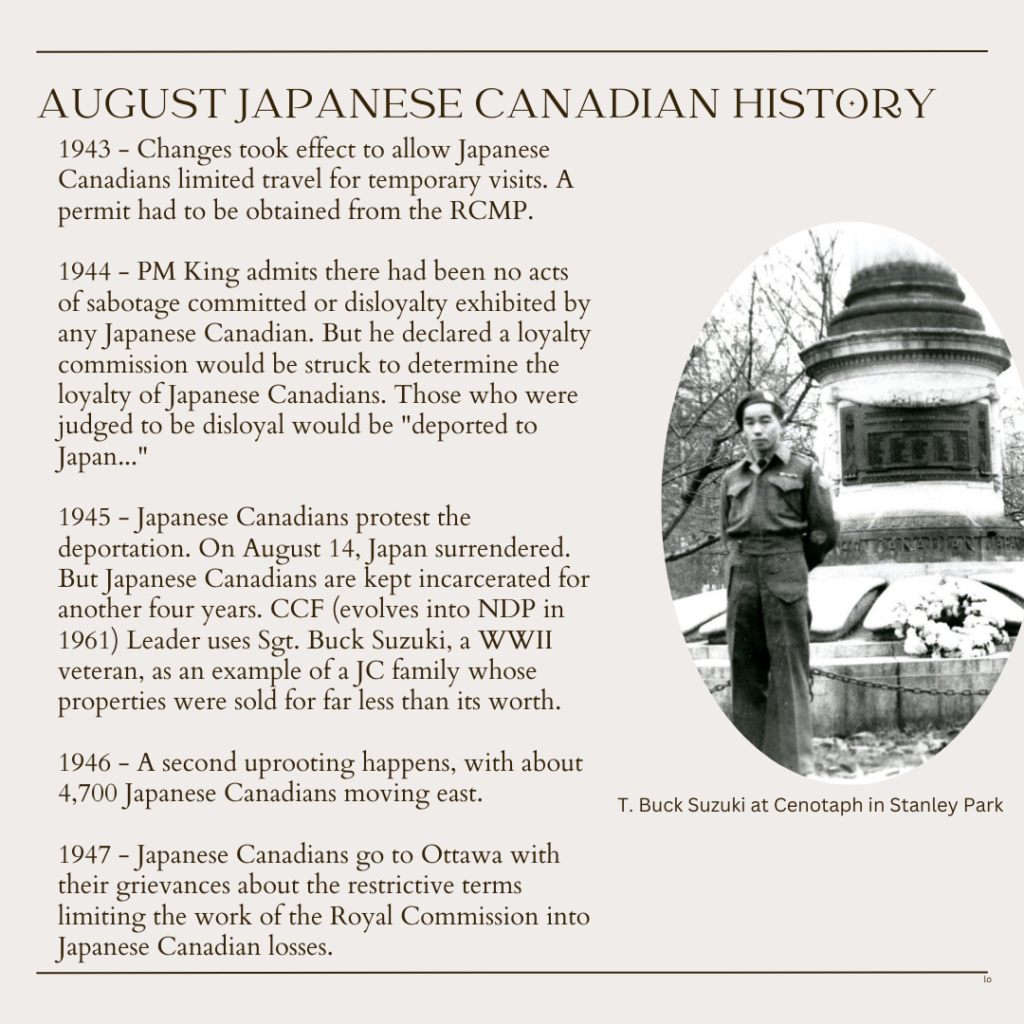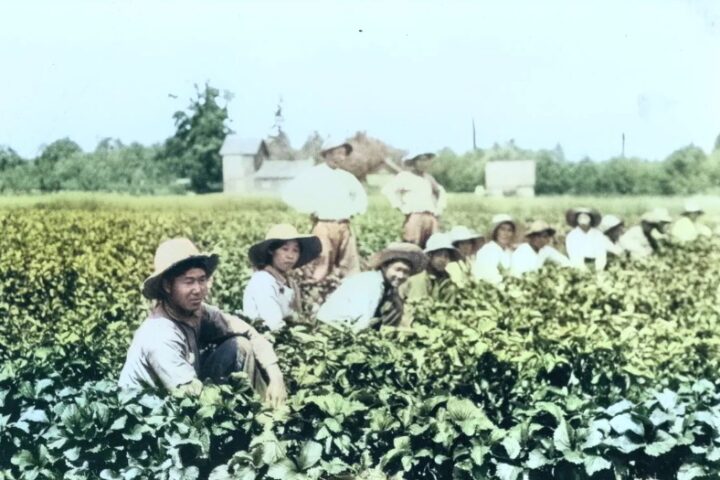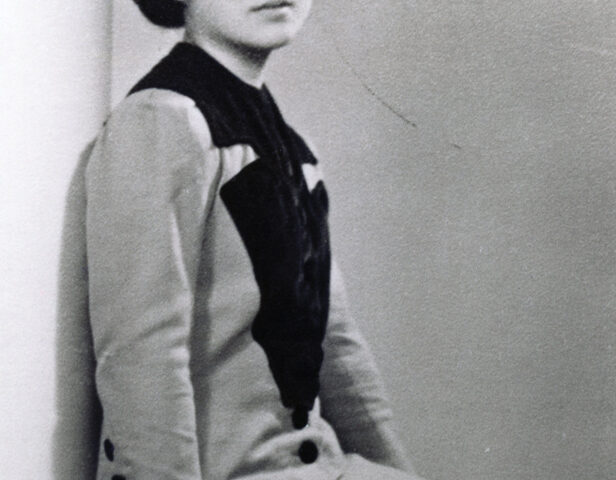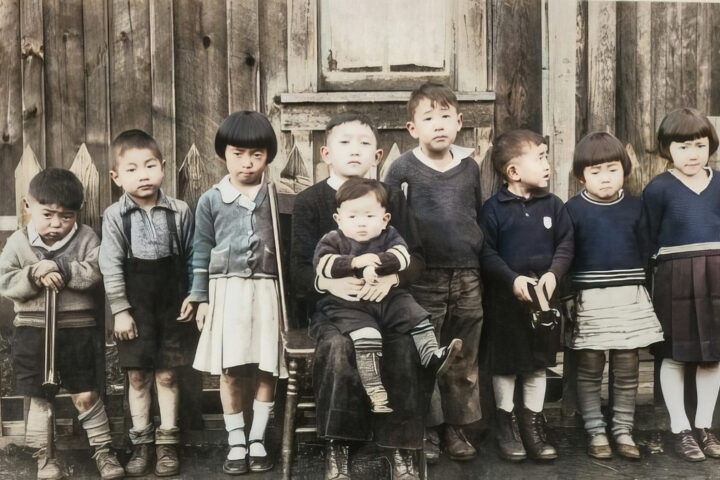Highlights of August Dates in Japanese Canadian History
By Lorene Oikawa, Past President NAJC

1943
August 1 Changes took effect to open up travel which was prohibited under the Security Commission’s Order No. 36. Temporary visits were now allowed as long as those interned/incarcerated obtained a permit from the RCMP when entering a “protected area” of Canada; crossing any provincial boundary; changing residence; and travelling a distance of more than 50 miles in BC or for 30 days or more. Japanese Canadians had to surrender the permit at the end of each trip to the nearest RCMP office. In this way the RCMP could track the location of every Japanese Canadian.
1944
August 4 Prime Minister King finally admitted under questioning from the CCF (Co-operative Commonwealth Federation, the precursor to the New Democratic Party). Members of Parliament that there had been no acts of sabotage committed or disloyalty exhibited by any Japanese Canadian born in Canada. He did not clarify it was also true for any Japanese born or naturalized citizen. Despite his acknowledgement, he made his first major policy statement since 1942 to declare that a loyalty commission would be struck to examine the actions and attitudes of Japanese Canadians to determine their loyalty. Only those deemed loyal would be able to remain in Canada if they agree to disperse across Canada. Those who were judged to be disloyal would be “deported to Japan as soon as that is physically possible” and stripped of their citizenship. Also, Japanese Canadians would be “encouraged” to go to Japan before postwar immigration to Japan would be prohibited. The premise for the policies was that Japanese Canadians would be considered guilty until they proved their innocence.
The government had already set up the Japanese Canadians to be viewed as dangerous “enemy aliens” when they set up the forced uprooting, dispossession, incarceration/internment, and exile despite the lack of evidence.
1945
August The Japanese Canadians set up delegations to protest the deportation. Kinzie Tanaka, the chair of the JCCD (Japanese Canadian Committee for Democracy formed in 1943) was part of a group of four men including Eugene Forsey, Research Director of the Canadian Congress of Labour, who met with Labour Minister Mitchell and other cabinet members.
August Almost 43% of Japanese Canadians, 6,884 over 16 years of age and 3,503 dependents signed up for repatriation. 86% of them were living in B.C. By next year, nearly 70% of those who signed under duress or in anger applied to retract their signatures.
August 14 Japan surrenders. President Harry S. Truman makes the announcement.
August 28 After the federal election (June 1945) and the war was over, the government lifted the ban on publicity of the contributions of Nisei (second generation Japanese Canadians) to the war effort. A short Canadian Press wire story shares the news of 150 Nisei’s being accepted into the Canadian Intelligence Corps and that the first group of 21 had been accepted earlier in the year, in March. The news was too late.
During the federal election campaign, Liberal candidates were securing votes by promising the permanent exclusion of Japanese Canadians from BC. One Conservative candidate told Vancouver voters a vote for him “is a vote against the Japs.” While he was saying this, David Tsubota, a Nisei who enlisted with the Canadian army before the war started, was suffering in Stalag 8b, a German prisoner-of-war camp. He was part of The Black Watch (Royal Highland Regiment) who stormed the beach in Dieppe and was captured in 1942. He was the second generation of his family to serve. Tsubota’s father served as part of the Canadian Army in WWI. Japanese Canadians east of the Rockies did not have any problems enlisting unlike their counterparts in British Columbia.
1946
August Throughout the summer of 1946, there was a second uprooting of Japanese Canadians. Employment in BC was denied to Japanese Canadians and they were forced to leave. Hostels were set up east of Alberta including in Saskatchewan, Manitoba, Ontario and Quebec. The facilities were crude to prevent long-term residence.
About 4,700 Japanese Canadians moved east with the majority moving to Ontario.
August 31 CCF MP Angus MacInnis speaking in the House of Commons complains about the years delay in the Exchequer Court’s decision about property losses and calls for a commission to be set up. CCF Leader M.J. Coldwell spoke weeks earlier about Sgt. Buck Suzuki, a WWII veteran whose family came as part of the 1906 Oikawa Island settlers. BC born Suzuki had his house, lot, and properties, sold for $1,963, a fraction of the $7,000 value.
1947
In the previous month, the Royal Commission into Japanese Canadian losses was set up to look at the losses from the sale of the properties in the care of the Custodian of Enemy Property. However, the restrictive terms of the Commission would ensure it would be ineffectual.
August Later in the month, Japanese Canadians take their grievances to Ottawa. They argue that the terms of the Commission are more restrictive than what was recommended by the Standing Committee on Public Accounts.
1948
August Bird starts suggesting an overall percentage for farms unfairly sold in the Veterans’ Land Act Sale. In August, he makes an additional suggestion suggesting a standard against which claims could be judged. The veto comes from the National Japanese Canadian Citizens’ Association (NJCCA) which was formed in 1947 when the various Japanese Canadian committees decided they must unite to fight for their rights.



